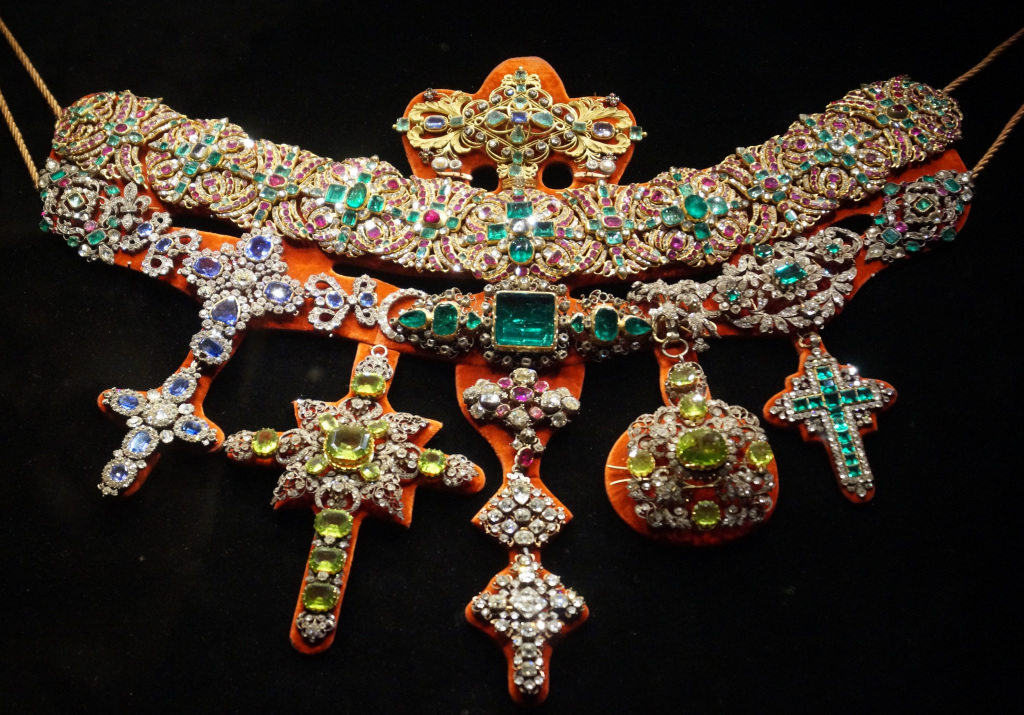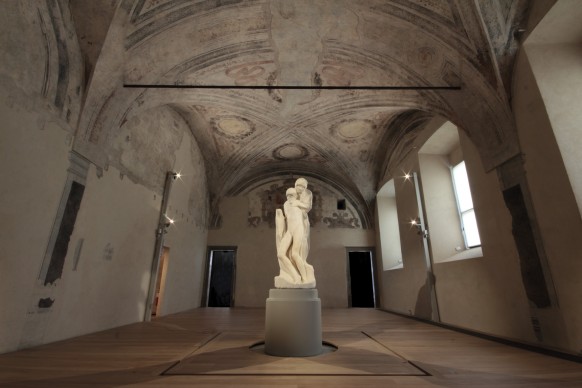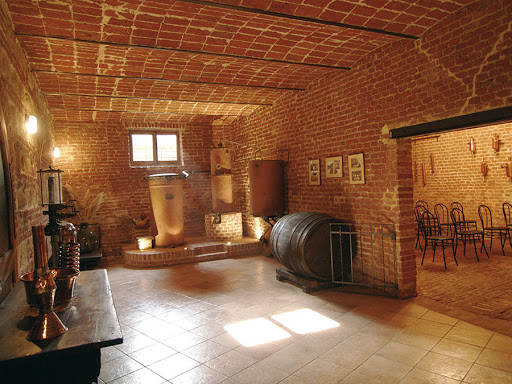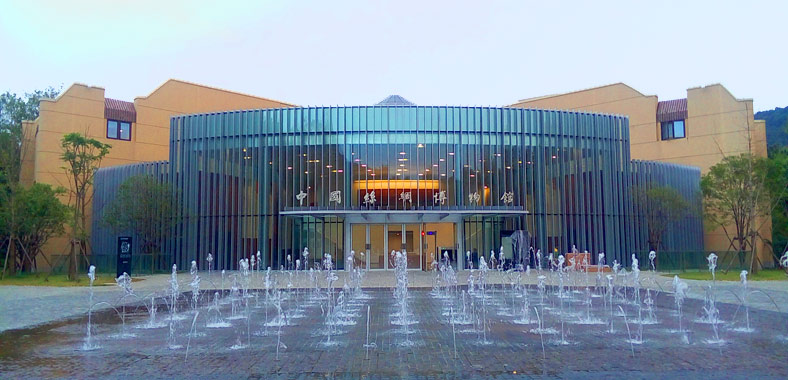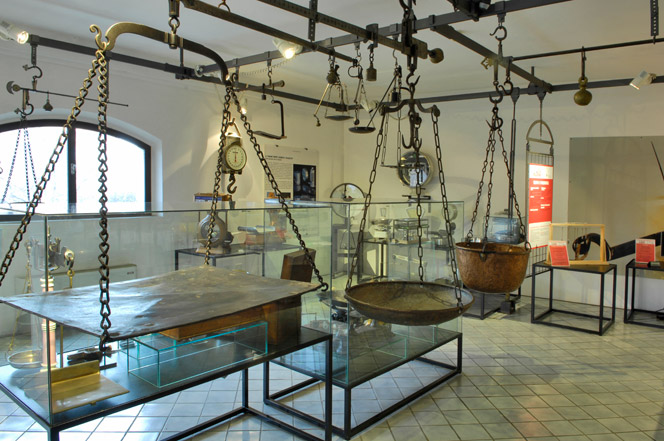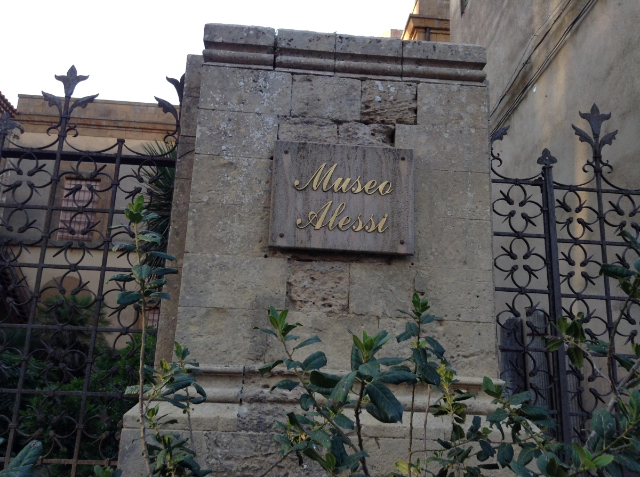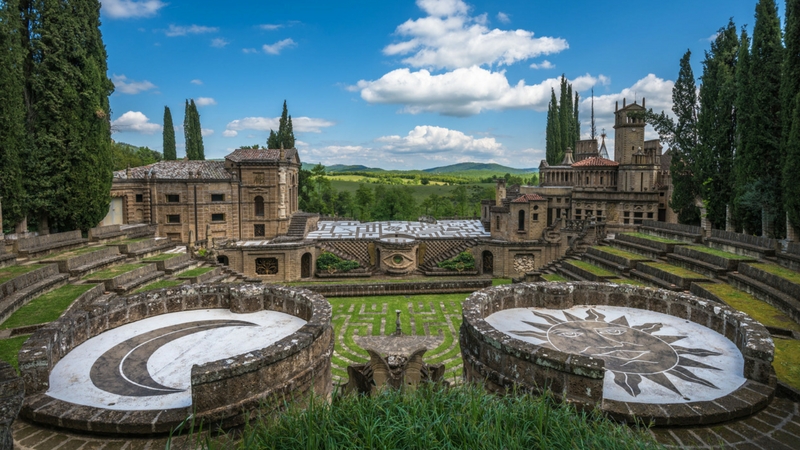The treasure of San Gennaro consists of extraordinary masterpieces collected over seven centuries from donations of popes, kings, emperors, rulers, eminent people, ordinary people, and part of a unique and unspoiled collection thanks to the deputation of the Chapel of San Gennaro, an ancient secular institution that still exists, founded in 1527 for the vow of the city of Naples. Today the treasure is on display at the Treasure Museum of San Gennaro, the entrance to which is next to the Cathedral of Naples and the Chapel of the Treasure.
The Treasure consists of a series of art collections that include jewelry, statues, busts, precious fabrics and paintings of great value, including the jewelry that adorns the statue of the Saint.
Among the most interesting items are the headpiece of the Bishop (Mitre) of 1713 by the jeweler Matteo Treglia, decorated with numerous gems (diamonds, rubies and emeralds) and the necklace surrounding the statue’s necklace.
Consisting of more than 3700 rubies, emeralds and diamonds, the miter was intended to adorn a bust of the saint made during the time of Angevin; the cost of the work was about twenty thousand ducats collected through subscriptions and donations with the participation of the people, clergy, artisans, nobles and even the emperor.
The San Gennaro necklace is perhaps the most precious jewelry in the world. It began in 1679 with thirteen large links in pure gold, with crosses hung with sapphires and emeralds. Nowadays, the necklace also includes other jewelry of different production and familiarity and of famous origin. A cross presented to Carl of Bourbon in 1734, a cross presented by Saxony, a three-part cup with diamonds and emeralds, a diamond and sapphire cross from 1775 presented by Maria Carolina of Austria, a crescent-shaped thorn from 1799, presented by the Duchess of Casacaland, a diamond and emerald cross presented by Joseph Bonaparte, a cross, a diamond and chrysotile brooch presented by Vittorio Emmanuel II of Savoy, and other items.
The only one of its kind is the valuable collection of silverware (around 70), which has been preserved intact and has never been forged due to theft and is almost entirely the work of the masters of the Neapolitan school. The Historical Archives holds the bankers who paid for the sale of part of this treasure, as well as for the pictorial interventions and maintenance of the chapel of the Treasure.
